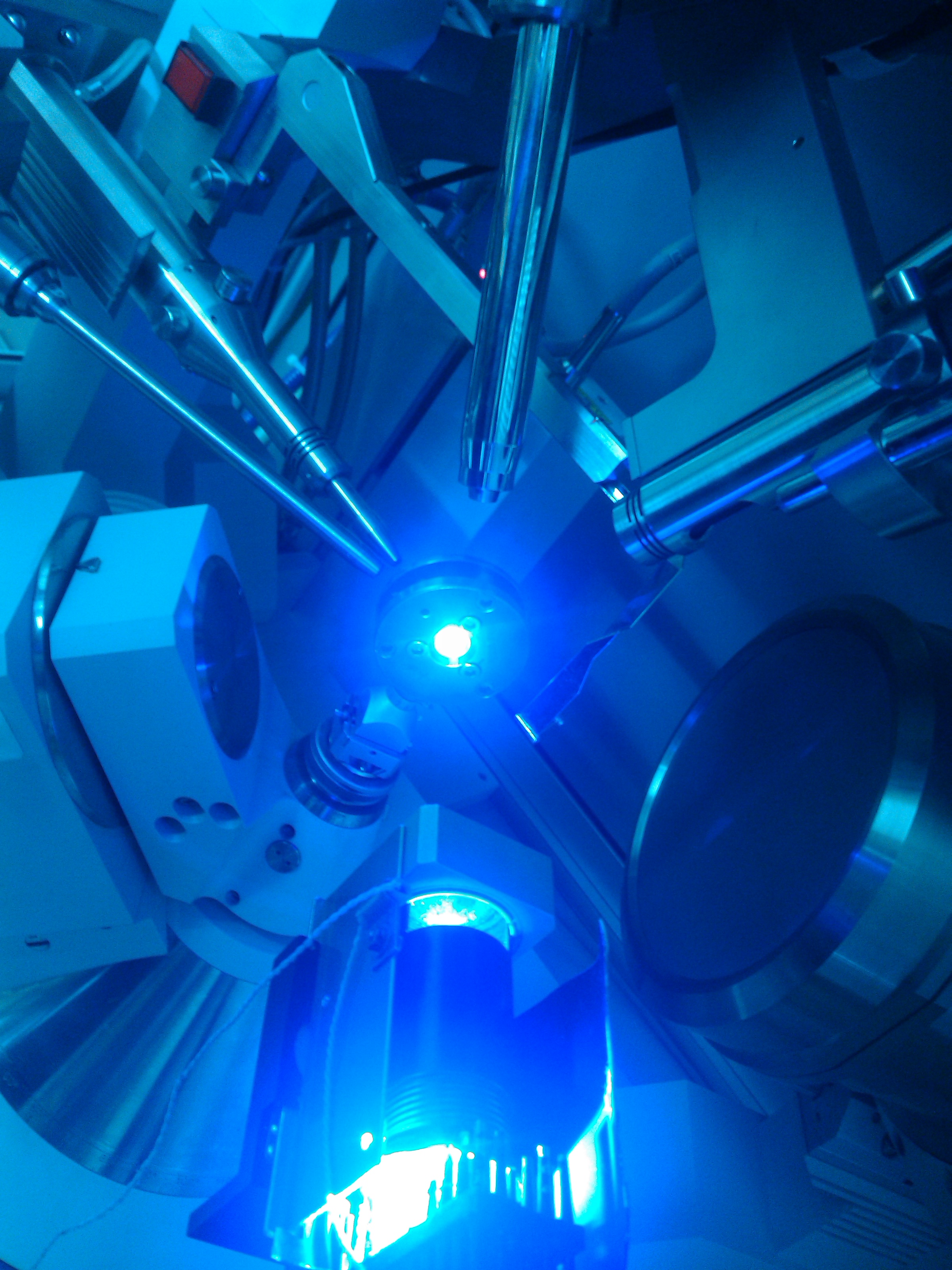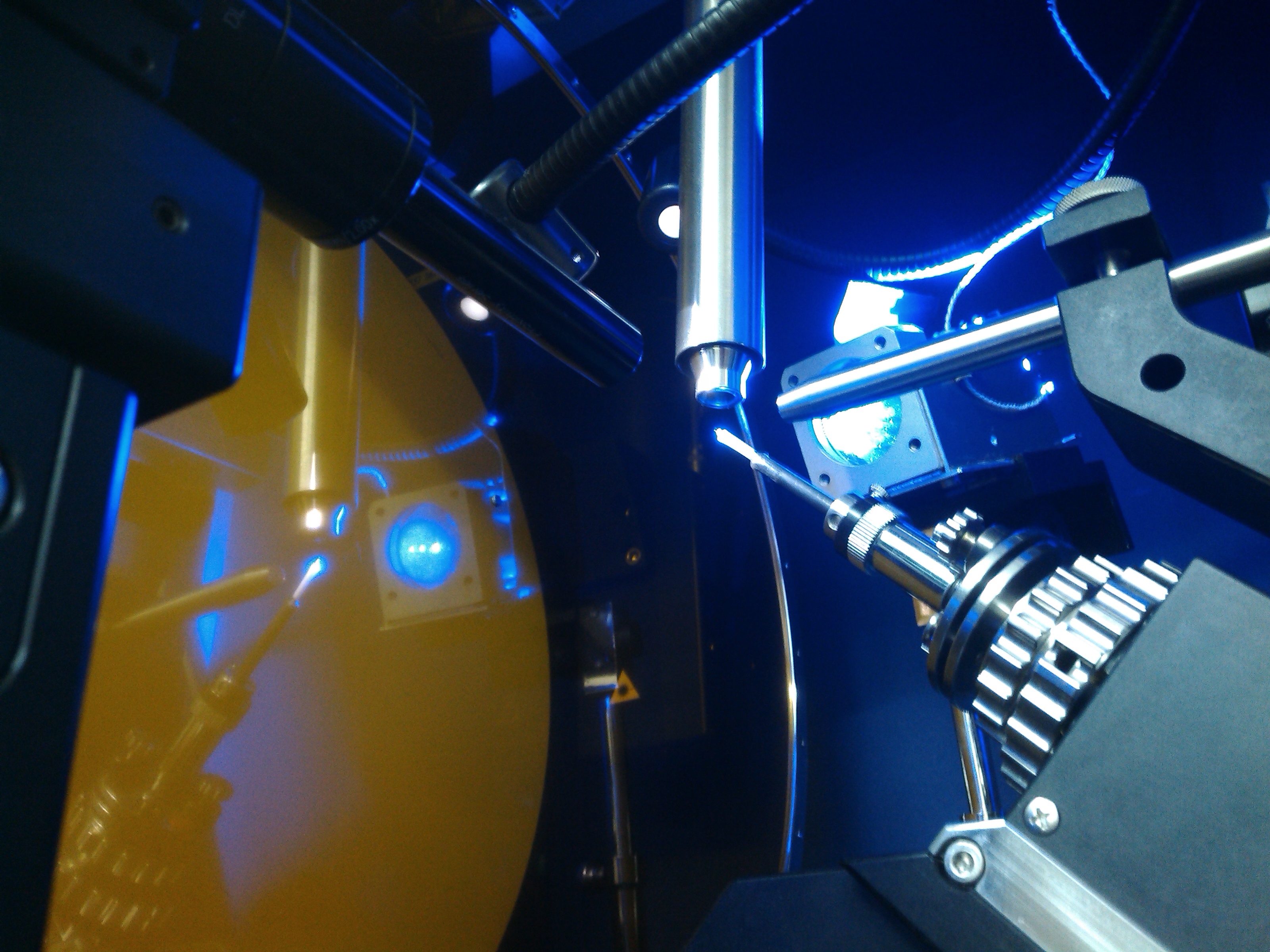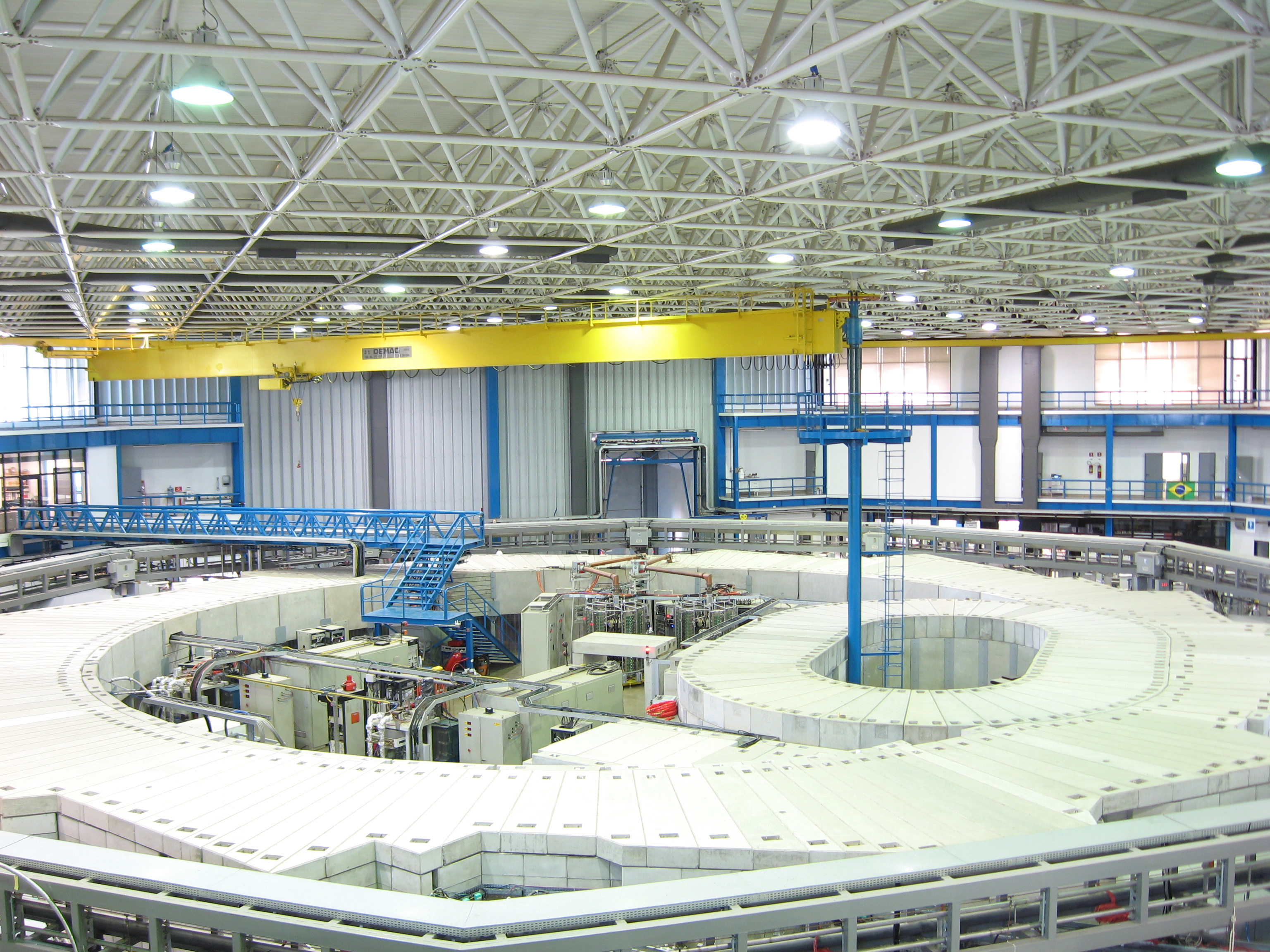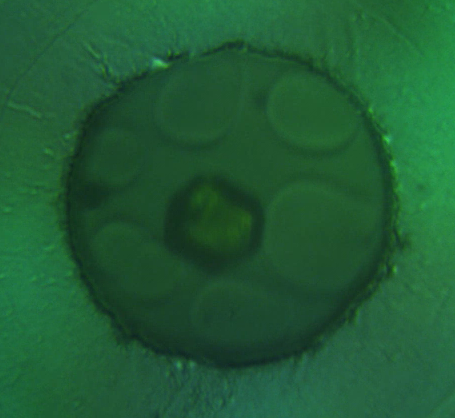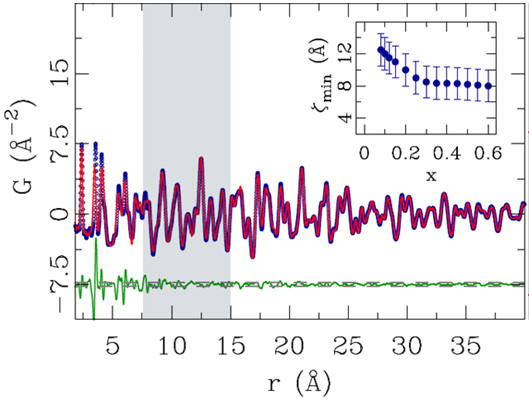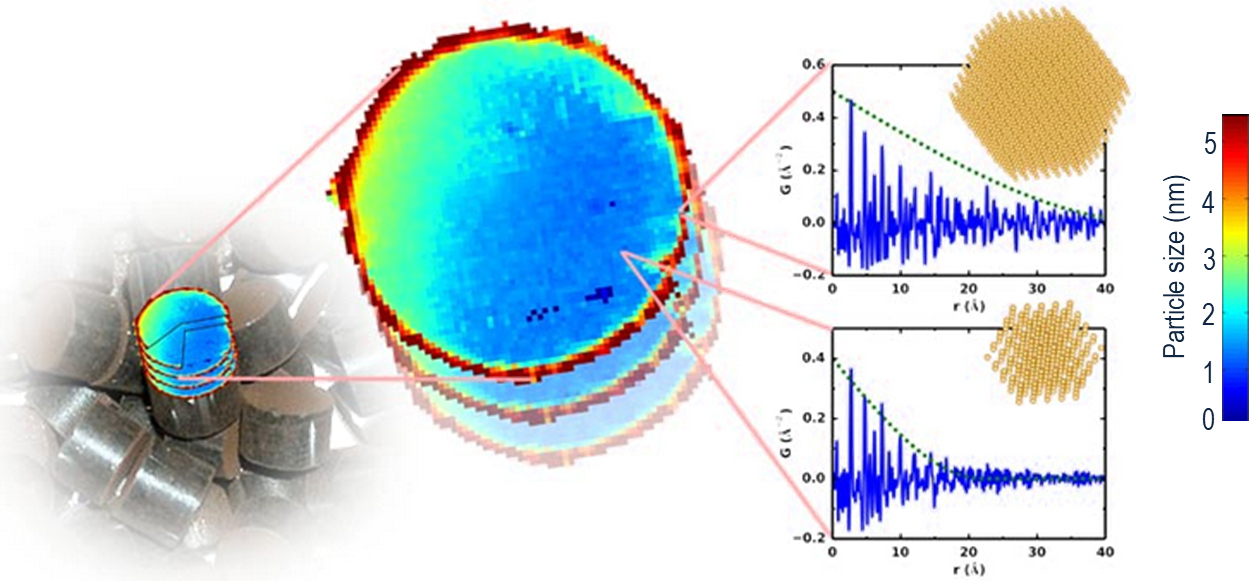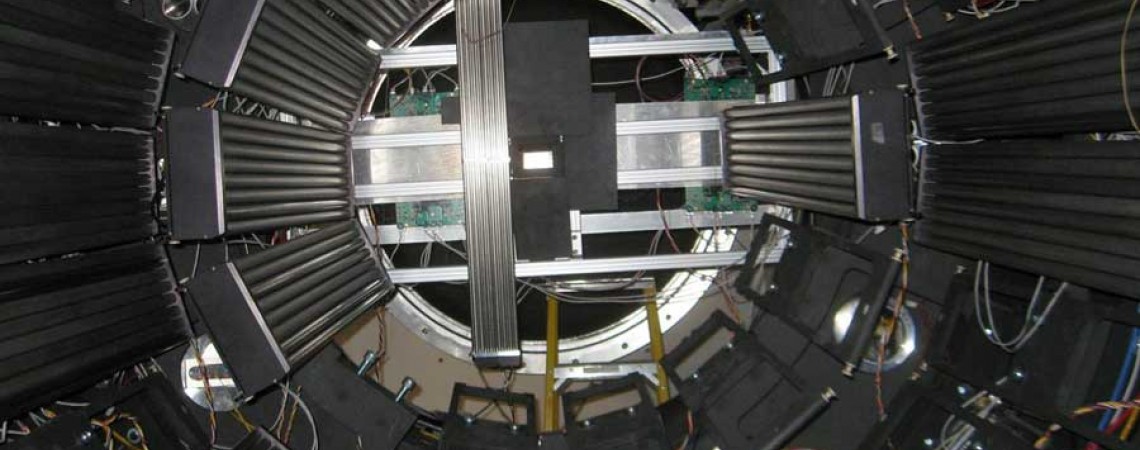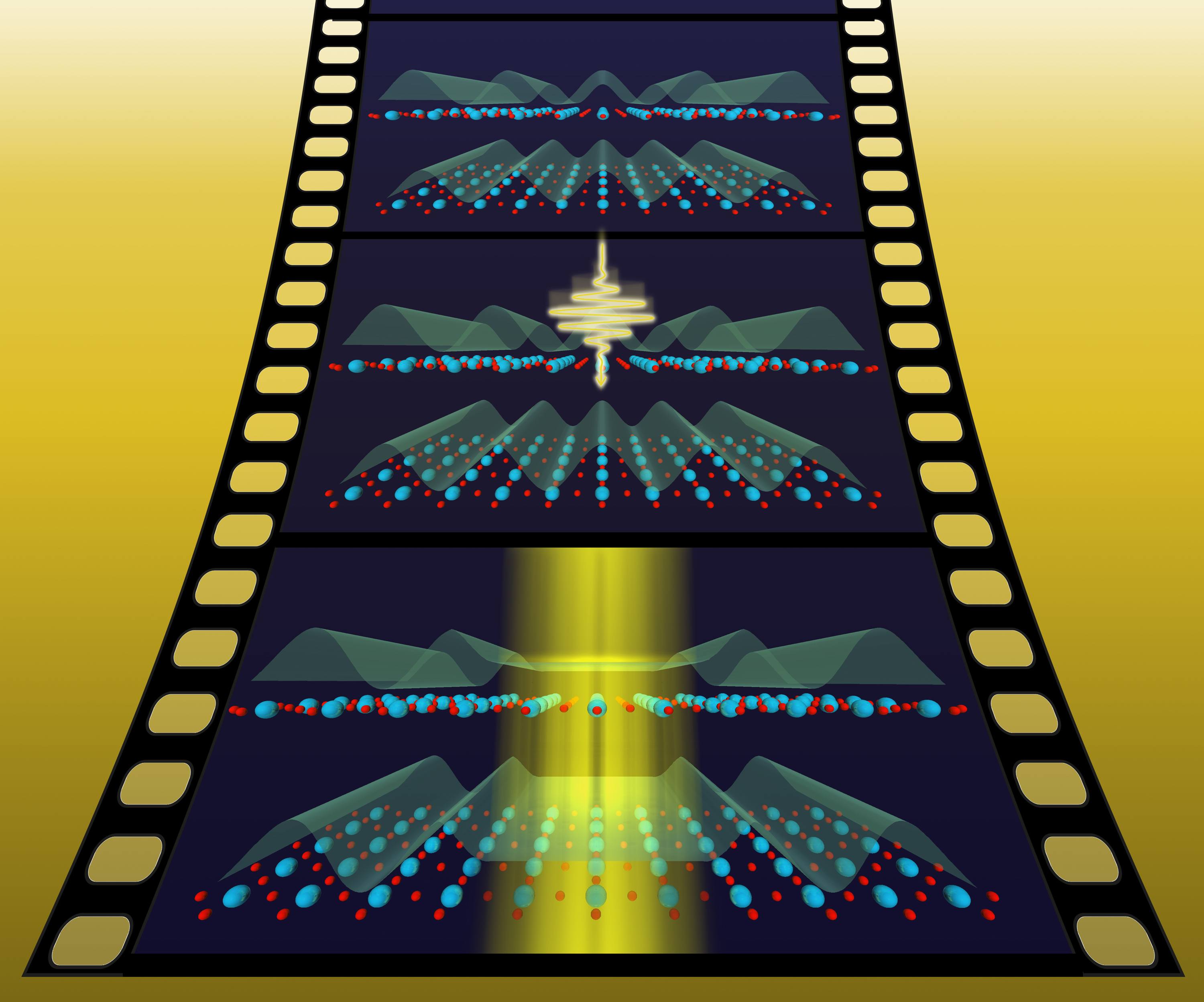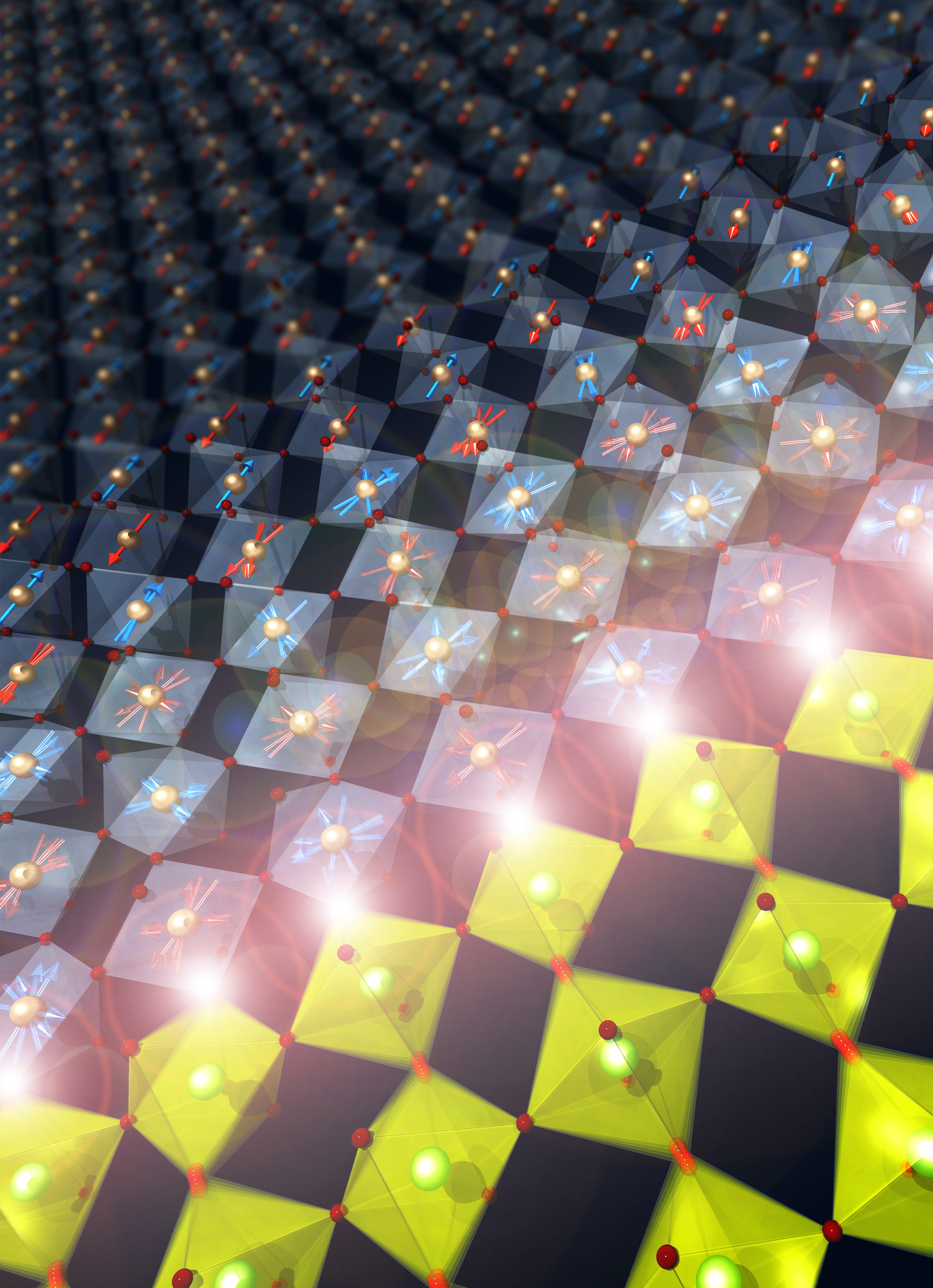Hot Topic 1: Extreme conditions
During a full-day Workshop combining lectures with practicals we aim to give a general introduction into various aspects of non-ambient crystallography, that is crystallographic studies of compounds and materials at low or high temperatures, high pressures, in electric and magnetic fields, on irradiation by light, in the atmosphere of selected gases, or immersed in fluids.
We are planning 4 hours lectures total divided into sessions with breaks in between, during which the participants will learn, why and how crystal structures can be studied in situ under non-ambient conditions by experimental and computational techniques. We shall also consider crystallization under non-ambient conditions.
In addition to the lectures, the participants will have a chance to get more practical experience in the field during 4 hours practicals (with intermediate breaks). During several hand-on sessions they will learn how to process high-pressure data, including search, validation and elimination of corrupted reflections, absorbtion correction, calculation of strain ellipsoid, structure refinement. An introduction into PIXEL calculations and their application to understanding intermolecular interactions in the crystal structures under ambient- and non-ambient conditions will be given.
Hot Topic 2: Total scattering and PDF analysis of complex materials
This full day session will provide a forum on the total scattering approach, which has been instrumental to understanding the local and intermediate range structure of complex functional materials. As such, it is applicable to a diverse class of problems in contemporary material science and solid state physics and chemistry. Total scattering refers to the analysis of diffuse scattering together with the Bragg scattering, providing a powerful step beyond conventional crystallography and an important tool for characterizing disordered, nano-crystalline, and amorphous systems. A series of lectures will cover a range of themes from basic concepts, including data acquisition, analysis and advanced modeling, to more advanced techniques in the PDF-land, giving an overview of in situ, time resolved, dynamic, magnetic, and computed tomography PDF approaches.
The power of these total scattering and PDF applications will be highlighted through illustrative examples of contemporary research on a range of systems. These include sustainable energy materials (e.g. battery and hydrogen storage materials, thermoelectrics), soft materials (e.g. drugs, polymers, sugars, cellulose), soft hard materials (e.g. strongly correlated electron systems, nanoparticles, catalysts), as well as materials displaying “strange” properties (e.g. negative thermal expansion, amorphization and amorphous materials, negative linear compressibility).
Hot Topic 3: Dynamical crystallography
Bridging the Light Source Generations: Ultrafast Structural Dynamics with New X-ray Observables
Christian Bressler
Electronic and geometric structure changes during an ongoing chemical reaction can be monitored with a suite of complementary X-ray tools. We will present some key examples while introducing the different time-resolved X-ray techniques, and give some insight into the scientific instrument FXE at European XFEL, specially designed to perform such structural dynamics studies for the broader scientific community.
An ultrafast X-ray view of nonlinear lattice dynamics and quantum phase control in complex oxides
Michael Först
Solids with strongly correlated electrons are those, where the Coulomb interactions between charges dominate the energy landscape, rather than being perturbations to the kinetic energies. As a result, the familiar concepts of band theory and classical magnetism fail to describe their macroscopic properties, and these systems can exhibit exotic properties such as insulator-metal transitions and high-temperature superconductivity.
Michael Försts group uses intense mid-infrared and terahertz light fields to drive lattice vibrational modes in these materials to large amplitudes in order to control these phenomena dynamically. The ultrafast X-ray probes, available at free electron lasers, are used to watch the evolving properties and seek to understand the important aspects of the underlying physics of this dynamic phase control. In the talk presented, some of the recent results and future possibilities will be discussed.
The following figures are courtesy of J. Harms, Max Planck Institute for the Structure and Dynamics of Matter.


